Have you ever been fascinated by the intricate world of ants and their highly organized societies? If so, an ant farm kit could be the perfect way to satisfy your curiosity and observe these remarkable creatures up close. An ant farm is a transparent, enclosed habitat designed to allow you to witness the daily activities and behavior of live ants as they tunnel, forage, and build their colony.
Whether you’re a budding entomologist, a parent looking for an educational activity for your children, or simply someone with a keen interest in nature, ant farm kits offer a unique and engaging way to explore the fascinating world of ants. In this comprehensive guide, I’ll cover everything you need to know to get started with your very own ant farm.
A Brief History of Ant Farm Kits
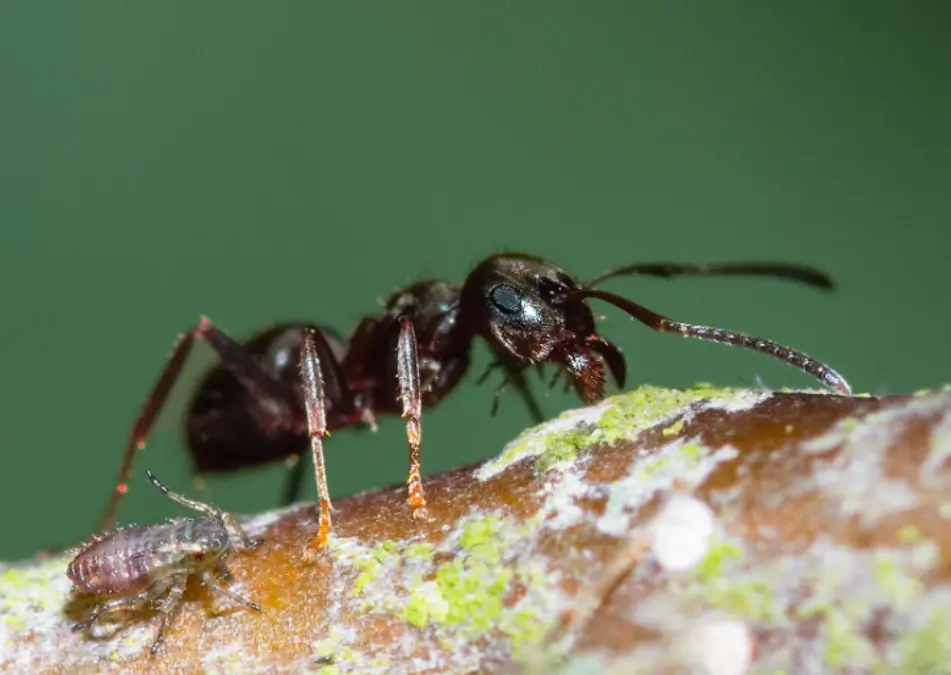
While ants have been studied by scientists for centuries, the idea of selling ant habitats for education and entertainment originated in the 1950s.
- Uncle Milton’s Original Ant Farm (1956) – The first commercially sold ant farm was designed by inventor Milton Levine and launched by his company Uncle Milton’s Toys in 1956. It consisted of two flat panes of glass with a narrow chamber of soil between them.
- Gel Ant Farms (1970s) – Gel ant farms were introduced in the 1970s by companies like Educational Insights. The habitat consisted of brightly colored, nutrient-rich gel sandwiched between two panes.
- Terrarium-Style Kits (1980s) – Terrarium-style ant farms with more space and landscaping became popular in the 1980s, allowing for larger colonies.
- Self-Contained and Illuminated Farms (1990s/2000s) – Modern ant farms feature self-contained units with built-in lighting and magnifying capabilities. Some also incorporate fun themes like astronauts!
Today, ant farm kits are sold by many science and toy companies. With advanced designs and technology, they remain a favorite educational tool used by teachers, parents, and budding entomologists.
Benefits and Learning Opportunities
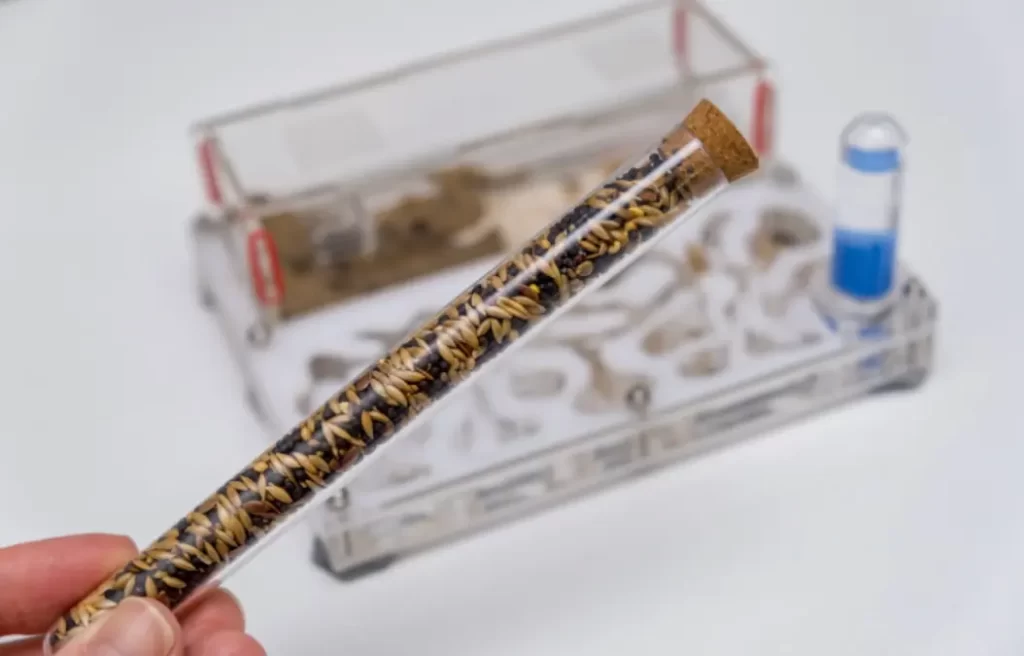
Ant farm kits provide many benefits beyond basic entertainment.
- Observe ant behavior and social structure up close
- Learn about topics like cooperation, work allocation, communication
- Study ants’ tunneling and building behaviors
- Understand concepts like adaptation, ecosystems, and more
- Foster curiosity, responsibility, and appreciation for nature
- Gain problem-solving skills through troubleshooting colony issues
- Supplement science curriculum and classrooms
- Encourage children’s interest and participation in STEM subjects
For all ages, an ant farm kit makes a fun, hands-on addition to any home or classroom. Kids can get excited about science while adults and researchers can continue studying ant colony dynamics.
Choosing the Right Ant Farm Kit
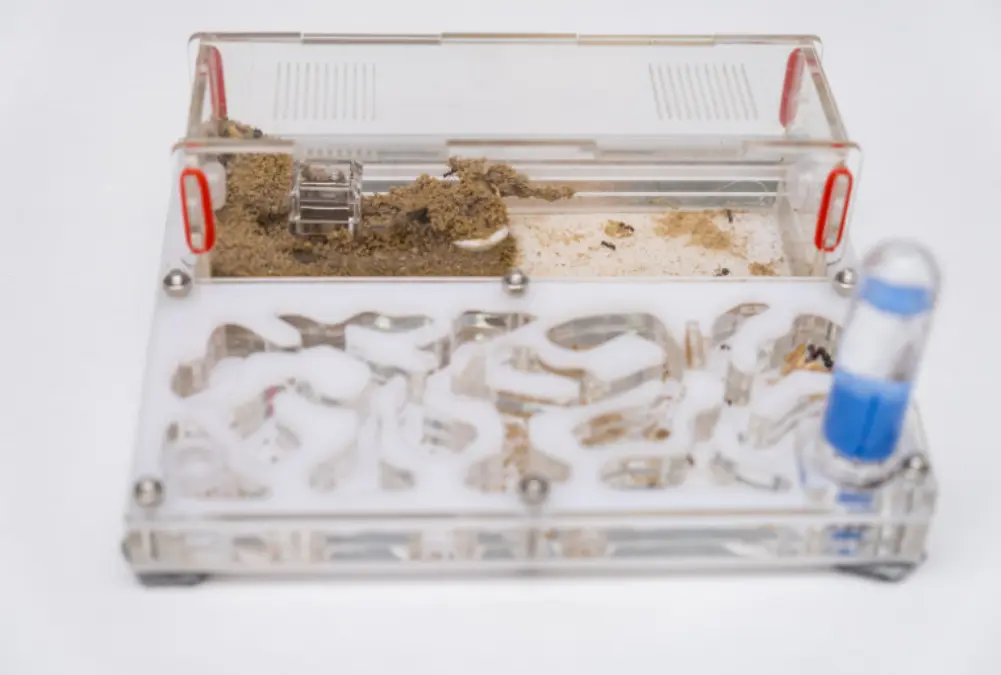
When selecting an ant farm kit, there are several factors to consider:
Types of Kits
There are a variety of ant farm kit designs:
- Sandwich/Habitat Style – Two transparent panes encompass a narrow chamber of sand/soil
- Terrarium Style – Wider enclosure with space for tunnels and above-ground mounds
- Gel/Aquarium Style – Colored gel substrate providing nutrients and humidity
- Nature/EcoSphere Style – Spherical or rounded enclosures with soil, water, and food
- Ant Habitat Box/Kit – Starter kits with basic supplies and vouchers for live ants
The type of kit depends on factors like space, visibility, and desired features. Terrariums provide more area for ants to dig complex tunnels. Gel habitats offer colorful, closeup viewing. Beginners may benefit from an all-inclusive kit with a live ant voucher.
Size of Kit
- Smaller kits, under 1 gallon, are great for desks and travel
- Medium 1-2 gallon kits are versatile for most settings
- Large 2+ gallon kits allow giant colonies with expansive tunnels
Scale the size to your space constraints and the desired number of ants. Generally, aim for 2-3 inches of tunneling space per ant.
Education vs. Entertainment
- Educational kits have detailed manuals, care info, and suggested learning activities.
- Entertainment kits emphasize lights, magnification, and aesthetics.
Consider if this is for learning or decorative display. Educational kits better promote proper care.
Visibility
- Clear glass/plastic provides high visibility but limited privacy
- Opaque sides with clear tops offer a combination of seclusion and viewing
Ants need darkness and cover, so aim for kits with at least some privacy. Illumination can highlight tunnels at key times.
Special Features
- Integrated magnification to zoom in on ants
- LED lights to illuminate the ant farm
- Pre-designed landscapes/tunnels for a unique look
- Themed kits (astronauts, animal skeletons, etc.) for added fun
Consider special features that fit your budget. Magnification and lights allow for better viewing. Pre-designed kits offer aesthetics but less natural habitat.
Setting Up Your Ant Farm
Once you’ve selected the perfect kit, it’s time to set it up for your ants. Follow this step-by-step guide:
Assemble the Habitat
Carefully assemble the ant farm according to the manufacturer’s instructions. For terrariums, make sure the lid and seals are secure. Avoid getting fingerprints on clear surfaces, which can distress ants.
Add Substrate
Pour substrate like sand, terrarium soil, or gel evenly across the bottom up to the fill line. Mist with water until slightly damp but not soggy. The substrate provides a digging medium and humidity.
Decorate (Optional)
Add decorative elements, if desired, like stones, twigs, and plastic plants. This provides visual interest and climbing structures. Avoid anything toxic.
Containment
Apply a thin coating of powder like talc or fluon around the top inner rim, which prevents ants from clinging to the walls. Never use pesticides.
Stabilize the Colony
Once ants are added, give them 2-3 days to acclimate without disturbances. Then, you can begin enjoying your new ant colony! Monitor their status and care for their needs.
Caring for Your Ants
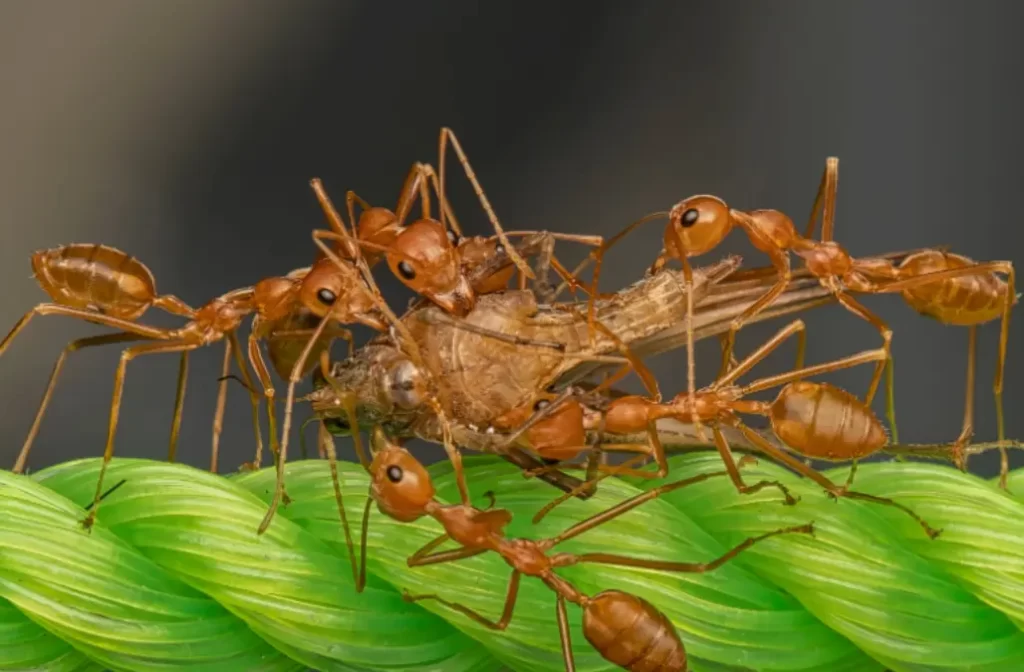
Maintaining a thriving ant colony requires proper care and knowledge of ant keeping. Here are tips for beginners:
Select an Ant Species
- Opt for easy-to-keep species like black garden ants (Lasius niger), Tetramorium pavement ants, or Camponotus carpenter ants.
- Avoid aggressive or dangerous species if new to ant keeping.
- Research to ensure the species’ needs align with your kit
Set up Hydration
- Use water gels, soaked cotton balls, or vials with a small opening.
- Refill water when low; prevent flooding
- Some kits have built-in hydration systems.
Offer Suitable Food
- Feeder insects, sugary water or honey, seeds, fresh fruits, fish flakes, etc.
- Rotate food types for varied nutrition.
- Remove uneaten food to prevent mold.
- Fast ants for 48 hours before major habitat cleanings
Maintain Ideal Conditions
- Temperature between 70-80°F
- Access to both light and darkness
- Ventilation without drafts
- Low noise/vibrations
- Avoid direct sunlight, heat sources, or cold drafts.
Clean Habitat and Remove Waste
- Use emerged tweezers to remove dead ants and waste deposits.
- Gently brush tunnels and surfaces.
- Replace depleted gel/substrate as needed.
- Disinfect with mild saltwater or vinegar solution if disease outbreaks.
With attentive care, most ant colonies can thrive for 2-5 years in an ant farm kit habitat.
Troubleshooting Common Ant Farm Problems
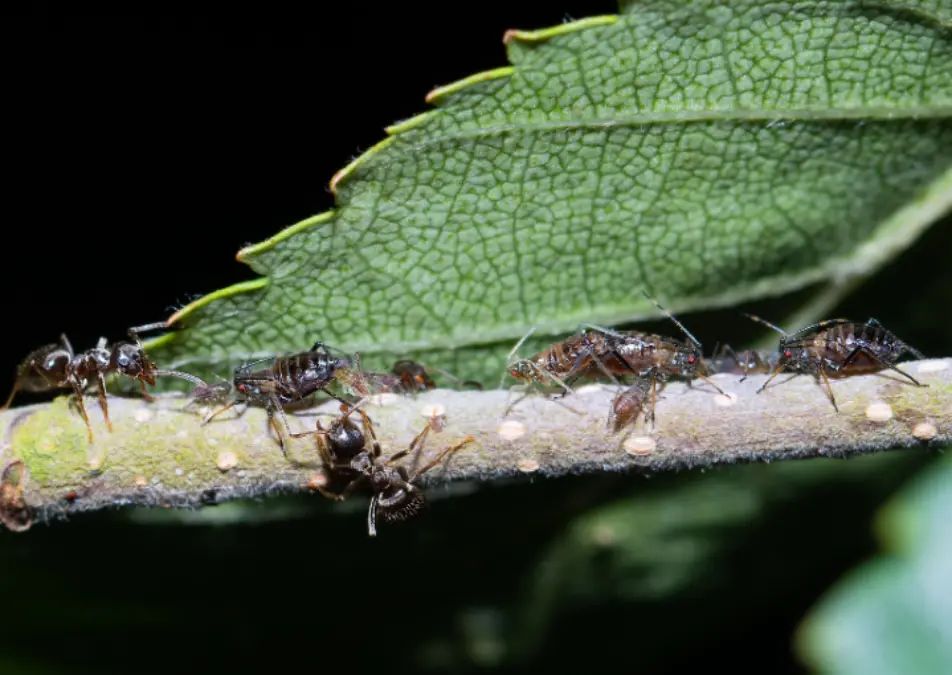
Even with good care, you may encounter some issues with your ant farm habitat.
Ants escaping:
- Check for any cracks or gaps in seals and lids
- Reapply slippery substances like talc along top ridges
- Ensure the habitat is not overcrowded
Lack of activity:
- Give ants time to settle in, at least 48 hours
- Ensure the temperature is warm enough
- Try adding incentives like food or a new object
Ants clustered at the top:
- Habitat is likely too cold; increase ambient temperature
- Substrate may be too damp; dry it out
Ants motionless:
- Check for possible drowning, starvation, or colony collapse
- Look for signs of mold or dangerous gas buildup in the habitat
- Remove dead ants and monitor the remainder of the colony
Aggression or cannibalism:
- Reduce colony size and overcrowding
- Ensure ants are of the same species and colony
- Limit disturbance to the habitat
- Remove dead ants immediately to prevent further violence
Slow tunneling/digging:
- Substrate may be too dry or too compact; adjust moisture and aeration
- The colony may be small; add more worker ants
- Food, water, or temperature may be unsuitable; adjust conditions
- Habitat space per ant may be insufficient; expand habitat or reduce ants
Queen issues:
- If Queen Ant dies, the colony will collapse without her
- Ensure the queen has a secluded, humid chamber away from disturbances
- Queenlessness can also trigger aggression as workers have no brood to tend
Mites or other pests:
- Remove ants and sterilize the entire habitat with a mild bleach solution
- Check new ants or substrate for pests before reintroducing the colony
- Limit food sources and moisture, which can attract pests
Observe ants closely, research their species’ care, and adjust habitat conditions to resolve colony problems. Seek help from experienced myrmecologists if issues persist.
Tips for Beginners
If you’re new to the world of ant keeping, follow these top tips to get started off right:
- Do thorough research into proper care before obtaining a kit and ants
- Start with a beginner-friendly species like black garden ants
- Choose an appropriate size kit; err on the larger side
- Follow ant farm setup instructions closely
- Start with a small, manageable colony of around 30-50 workers
- Resist frequently disturbing the ants while they settle in
- Learn to identify your queen ant and monitor her health
- Keep ants isolated from other pets or small children
- Join online ant-keeping communities to connect with experts
- Be patient and committed to caring for ants through the lifespan of the colony
Starting with the right expectations and proper setup will give your first farming experience the best chance of success!
Educational Activities for Ant Farms
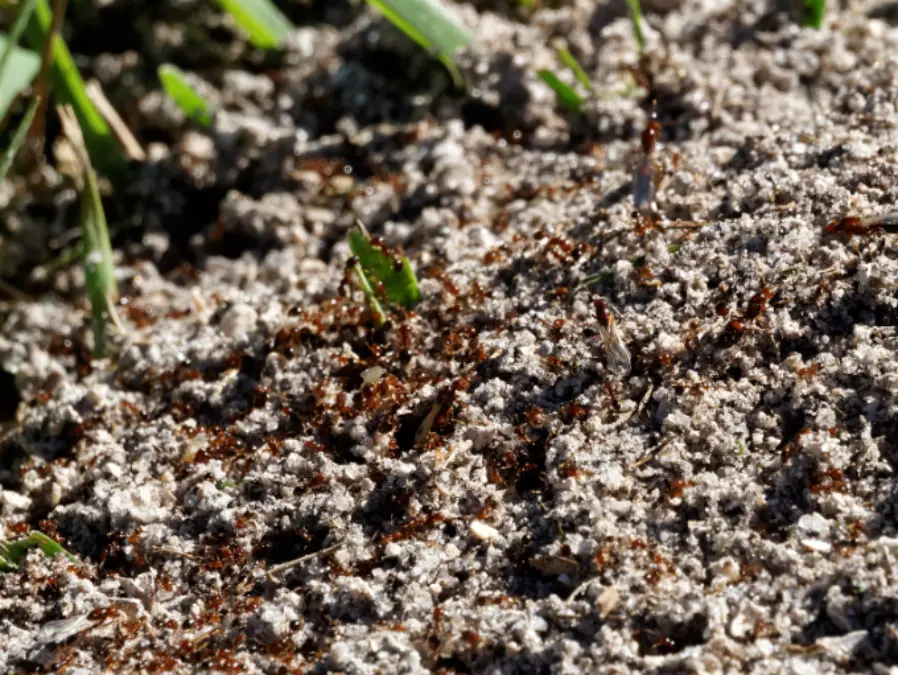
Beyond observation, ant farm kits offer engaging learning activities for students of all ages.
Science Experiments
- Test colony food preferences (record consumption of different items)
- Sense of smell – observe ant reactions to spicy foods encased in acrylic
- Offer maze pathways and time ants navigating them
- Investigate the impact of light, temperature, or vibration on behavior
Mapping
- Use a grid system to map out and tunnel systems over time as they expand
- Track traffic flow and frequent tunnels vs. unused ones
Photography/Videography
- Document daily ant activities, colony milestones, and queen behaviors
- Timelapse tunnels are being excavated, and chambers are being built
Art Projects
- Describe colony characteristics through stories, poems, or artwork
- Categorize ants into specialized roles or castes to understand the division of labor
- Design advertising posters highlighting important behaviors for colony survival
Interdisciplinary Connections
- Study biomimicry and how ant colony traits are copied in computer science, engineering, architecture, and robotics
- Research ancient civilizations’ connections with ants like the ancient Greek Myrmex
- Compare ant colonies to human societies – government, communication, transportation, food systems, etc.
Getting creative with activities will provide many hours of engaging educational entertainment with an ant farm kit!
Final Thoughts
Ant farm kits allow a unique, up-close glimpse into the captivating world of eusocial ant colonies. These interactive educational tools have enthralled children and adults for over 60 years, sparking curiosity about science and nature. With proper setup and care, an ant farm can provide years of rewarding observation and discovery.
This guide gave you a comprehensive overview of choosing, setting up, maintaining, troubleshooting, and deriving learning benefits from ant farm kits. From fascinating specimens to decor showpieces, ant farm kits make an excellent addition to any home or classroom. Just be sure to provide your colony with attentive, responsible care.
These mini-ecosystems will continue intriguing insect lovers, young scientists, and art enthusiasts alike for decades to come! Let us know if you have any other ant farm tips or questions. I’d love to hear about your ant-keeping adventures. Now it’s time to get out there and find the perfect kit to start your ant colony. Happy and farming!




